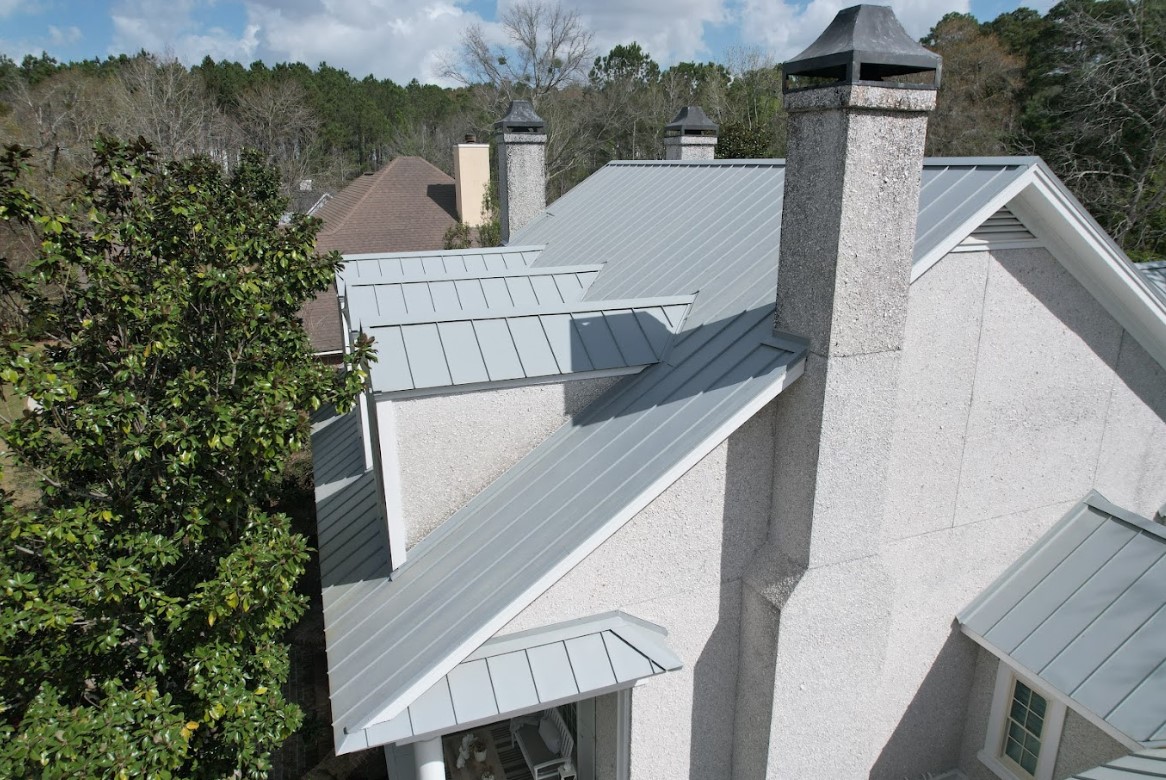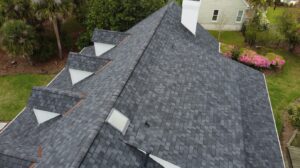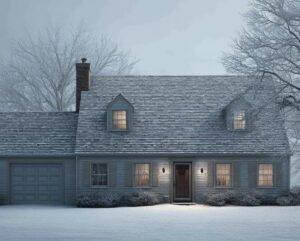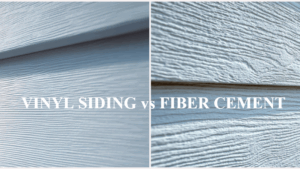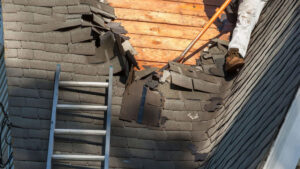Roof Smarter, Not Hotter: The Top 4 Materials Built to Chill
Southern summers don’t just melt popsicles—they test the limits of your roof. If you’ve ever walked barefoot on your driveway in July, you already know what your shingles are up against. With sweltering temps, UV rays, and high humidity, choosing the right roofing material is about more than curb appeal—it’s about comfort, cost savings, and survival.
So what’s the best roofing for hot climates? We’ve rounded up the top 4 heat-beating roofing materials that can handle the Southern sizzle.
Here’s what you’ll learn:
- Which materials reflect heat best and lower cooling costs
- How each material holds up to intense UV and humidity
- What’s worth the investment—and what’s not
Not sure if your roof is ready for another scorcher? Designer Roofing & Restoration can help.
Why the Southern Heat Demands Smarter Roofing Choices
Let’s break it down: a roof in the South doesn’t just need to keep the rain out—it needs to manage extreme solar exposure, high humidity, and year-round thermal cycling.
In kid-friendly terms? Your roof gets baked from above and steamed from below.
That means ventilation, reflectivity, and durability aren’t optional—they’re the gold standard. In hot climates like Georgia’s, a poorly chosen or aging roof can lead to:
- Sky-high energy bills
- Shortened roof lifespan
- Increased moisture and mold risk
- Uneven indoor temps and overworked HVAC systems
The good news? With today’s reflective roof materials and strategic design choices, you can turn your roof into your home’s first line of defense against the heat.
Prep Work: What to Know Before You Pick
Before you pick your perfect sun-blocking roof, consider the following:
- Budget range: Some materials have a low upfront cost but higher lifetime maintenance. Others require more investment but last longer and save on cooling.
- Roof pitch & design: Steeper roofs handle heat differently. Your roof’s shape affects which materials perform best.
- Ventilation & insulation: Even the best roofing for hot climates will fail without proper airflow in the attic.
- Local code compliance: Cities like Savannah may require specific underlayments or reflectivity ratings for energy efficiency.
Designer Roofing & Restoration evaluates all these factors during every free roof inspection to match the right material to your home and budget.
The Top 4 Roofing Materials That Beat the Southern Heat
1. Metal Roofing: Reflective and Virtually Bulletproof
Why it works: Metal roofing reflects solar heat rather than absorbing it. It also cools quickly at night, helping regulate attic temps.
Perks:
- Lifespan: 40–70 years
- Reflectivity: High (especially with light colors or reflective coatings)
- Style: Available in panels, shingles, or tiles to match any home
Considerations:
- Higher upfront cost than shingles
- Can be noisier during heavy rain without sound-dampening underlayment
Best for: Homeowners looking for maximum heat reflectivity and long-term durability.
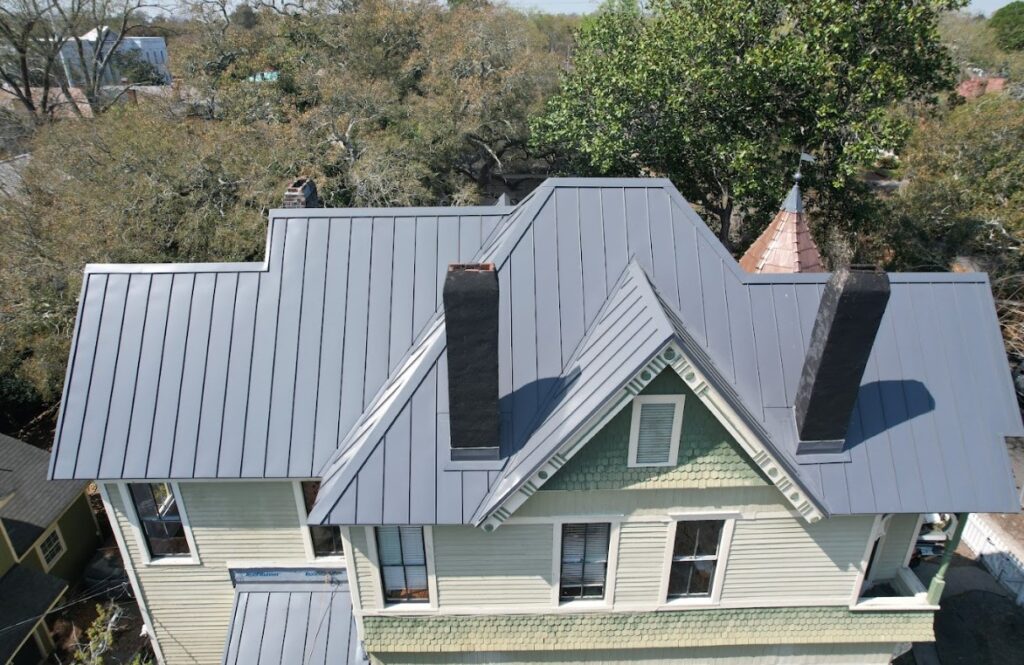
2. Synthetic Tile: Classic Look, Cooler Performance
Why it works: Synthetic tile roofing offers the timeless look of clay or slate with modern materials engineered to reflect heat and resist Southern humidity—without the weight.
Perks:
- Lifespan: 40–50+ years with minimal maintenance
- Lightweight alternative to clay or concrete
- Highly durable, UV- and impact-resistant
- Mold- and moisture-resistant—ideal for humid climates
- Available in a variety of styles and colors for a custom look
Considerations:
- Higher upfront cost than asphalt
- Quality can vary by manufacturer—professional installation is key
Best for: Homeowners who want the upscale appearance of traditional tile or slate with better heat resistance, lower weight, and long-term performance in the Southeast.

3. Architectural Asphalt Shingles: Upgraded for the Heat
Why it works: Today’s premium asphalt shingles often come with reflective granules and algae-resistant coatings—ideal for Southern climates.
Perks:
- Budget-friendly
- Easy to install and repair
- Improved durability over traditional 3-tab shingles
Considerations:
- Shorter lifespan (20–30 years)
- More prone to thermal cracking if not properly ventilated
Best for: Homeowners who want solid performance at a manageable price point.
4. Synthetic Slate: Style and Cooling in One Package
Why it works: Composite or synthetic slate mimics real slate but weighs less and includes UV-reflective ingredients in many formulations.
Perks:
- Lightweight and long-lasting
- Class A fire-rated
- Cooler than traditional asphalt
Considerations:
- Cost varies by brand and features
- Still new to the market—some materials perform better than others
Best for: Homeowners wanting the upscale look of slate with better heat performance and less maintenance.
Diving Deeper: ROI, Efficiency, and Real-World Performance
Investing in a heat-reflective roof can translate into 15–30% energy savings, especially in high-cooling-demand regions like Savannah (per U.S. Department of Energy data).
But here’s where it gets interesting—every material on this list offers a different mix of ROI, aesthetic value, and maintenance needs.
Let’s take metal roofing as an example. While the upfront cost may be double that of asphalt, it can last twice as long, reduce energy bills, and increase resale value due to its energy-efficient reputation.
On the other hand, architectural shingles, while more affordable, need more frequent inspection in hot, humid environments and may require algae-resistant granules to avoid streaking and damage.
Designer Roofing & Restoration helps homeowners navigate these choices by offering material samples, energy savings projections, and honest cost comparisons—along with licensed, insured installation across coastal Georgia.
Quick Checklist: What Makes a Roof Southern-Summer-Ready?
- High solar reflectance rating (ask about ENERGY STAR options)
- Proper attic ventilation and insulation
- Algae- and mold-resistant materials
- Light-colored surfaces or reflective coatings
- Contractor familiar with local code and climate
Savannah Roofing FAQs
What’s the best roofing material for hot climates?
Metal roofing is one of the best roofing materials for hot climates due to its reflectivity, durability, and cooling benefits.
Are asphalt shingles okay for Southern homes?
Yes, especially architectural shingles with heat- and algae-resistant coatings. They’re affordable but require proper attic ventilation.
What’s the most energy-efficient roofing option?
TPO and metal roofs are among the most energy-efficient, especially when installed with light colors or reflective finishes.
How can I lower my cooling bill with a new roof?
Choose a material with high solar reflectivity, pair it with good insulation, and ensure your attic has balanced ventilation.
Does Designer Roofing install all these materials?
Yes, Designer Roofing & Restoration installs asphalt, metal, tile, TPO, and synthetic options. Learn more about residential roofing services here.
Will a reflective roof really make a difference?
Yes. Reflective roof materials can reduce surface temperatures by up to 50°F and cut energy costs significantly during summer.
Cool Roofs, Cooler Homes: Your Southern Heat Game Plan
When you live in the South, your roof needs to do more than look good—it needs to fight the heat, reflect the sun, and hold its own against intense humidity.
From metal’s durability to TPO’s reflectivity, there are plenty of smart choices to match every home style and budget. And no matter which direction you go, Designer Roofing & Restoration brings the local experience and craftsmanship to make sure your roof stands up to the Southern sun.
Beat the heat before it beats your energy bill. Schedule your free roofing consultation with Designer Roofing & Restoration today.

